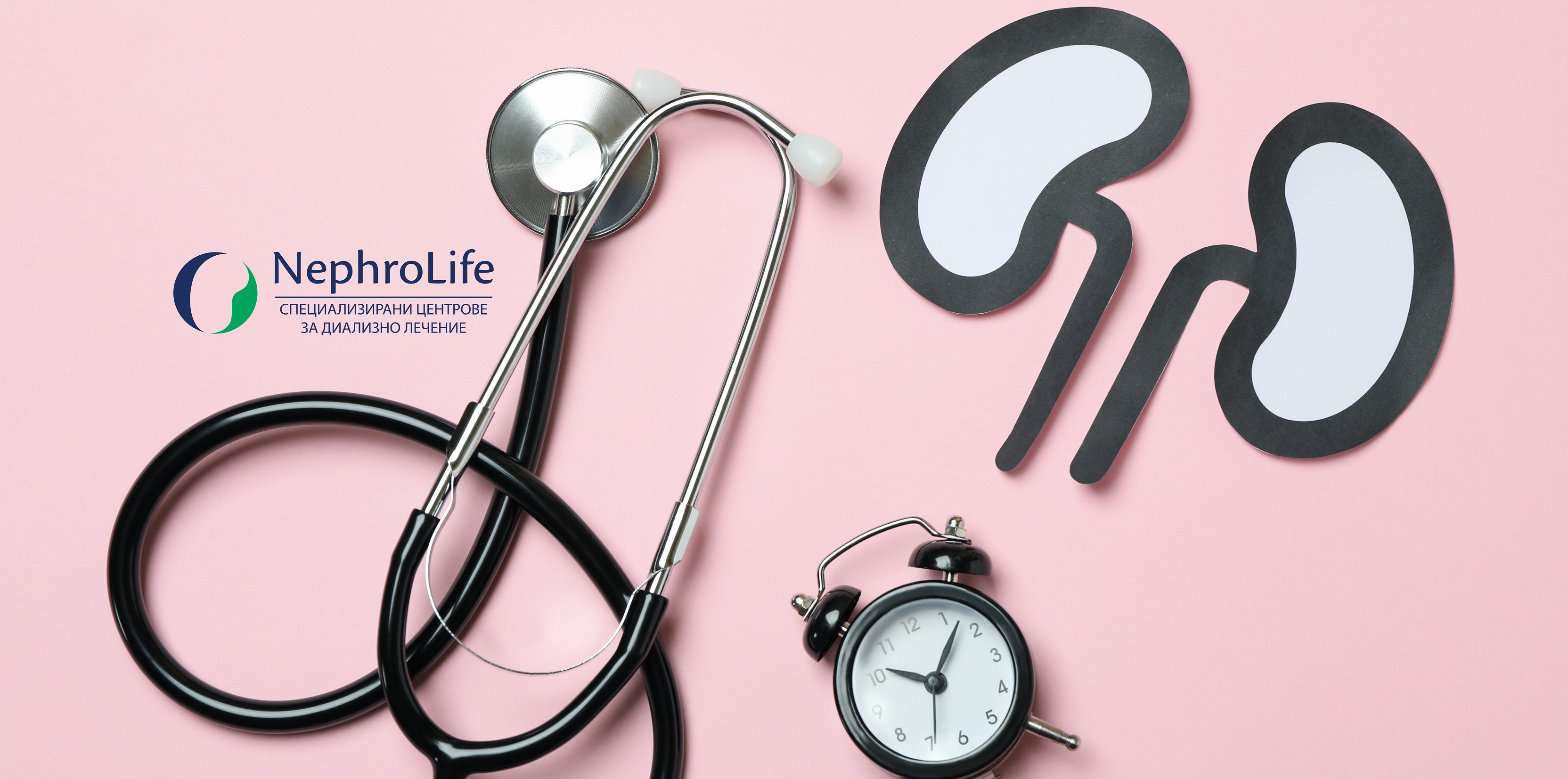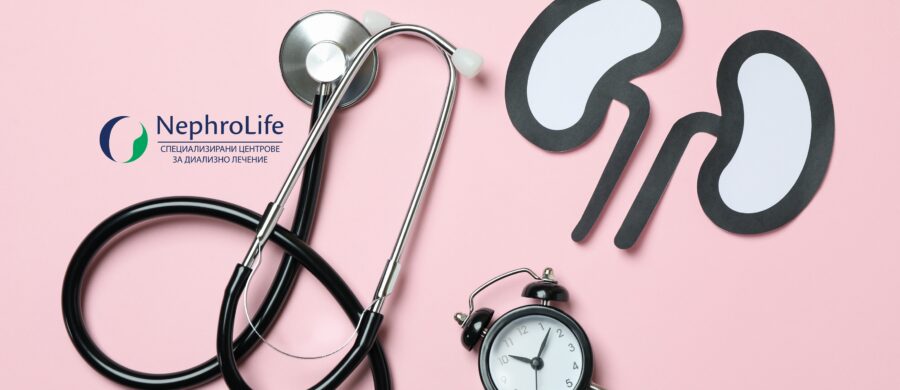There are three types of kidney damage (insufficiency) – prerenal, renal and postrenal. The mechanisms of occurrence are radically different, as in some cases the cause lies in the kidneys, and in others they are secondarily affected.
Prerenal acute impairment occurs when a sudden decrease in blood flow to the kidneys (renal hypoperfusion) causes loss of renal function. In these cases, the kidney structures are preserved and healthy but low blood pressure leads to a collapse of their function, stops the filtration of blood and urine production.
In renal damage, the renal glomeruli and especially the tubules (tubules) are affected by a real disease process. Treatment includes identifying and correcting the cause of the kidney damage. This often involves nephrotoxic drugs, glomerulonephritis, lupus, rhabdomyolysis and other specific kidney diseases. As a result of impaired blood supply through the renal arteries, secondary organic damage can occur, which can lead not only to a sudden loss of renal function, but also to remain even after the restoration of blood flow.
Postrenal renal failure is due to obstruction (blockage) of the urinary tract at various levels and causes the accumulation of waste in the kidneys. Obstruction of the urinary tract can lead to accumulation of urine in one or both kidneys. Over time, this accumulation of fluid can interfere with the normal flow of urine from the kidneys. This is usually a reversible process if the obstacle is removed. However, there are cases in which prolonged urinary tract infections can lead to permanent and severe damage to the renal parenchyma.









